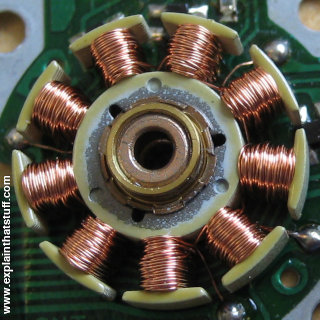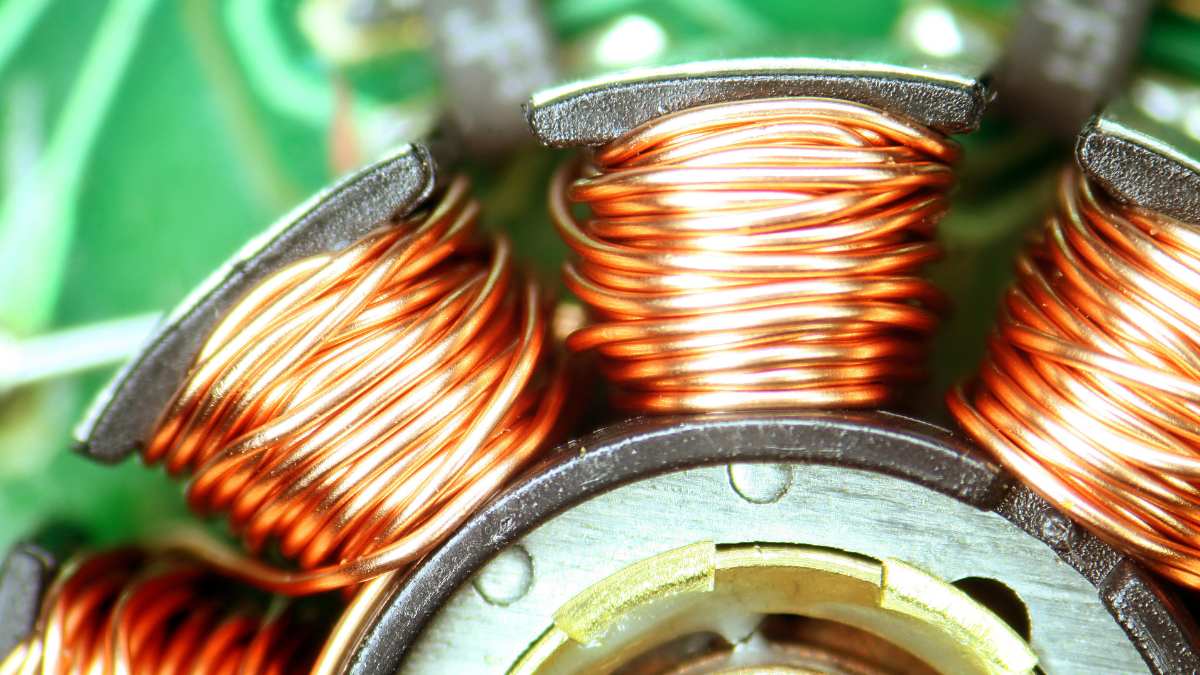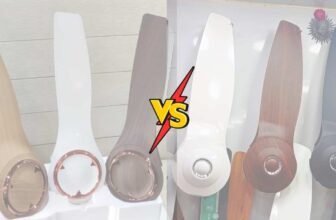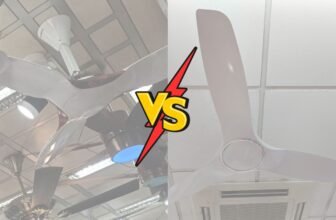
Have you ever had to decide between a Brushless Direct Current (BLDC) fan and a normal fan and wondered which one consumes less electricity? Well, with the surging competition in the market, it’s become crucial to choose electrical appliances wisely for the sake of cost efficiency and environmental consciousness. Nowadays, the emergence of technologically advanced fans like the BLDC fans is challenging traditional fan models in terms of energy consumption. So, in this blog, we will meticulously compare the electricity consumption of BLDC fans and normal fans, illuminating your path to a more informed choice. Before going into electricity consumption between BLDC Vs Normal Fan, first understand how BLDC and Normal ceiling fan work.
How BLDC fan work
A Brushless Direct Current (BLDC) fan operates using a BLDC motor, which consists of permanent magnets on the rotor and electromagnetic coils on the stator. The BLDC motor uses an electronic controller to precisely control the magnetic field, causing the rotor and attached fan blades to spin. This design leads to higher efficiency and longer life compared to traditional motors.

Brushless Direct Current (BLDC) fans are a type of electric motor system that offers significant benefits compared to their traditional counterparts. Here are some of the main advantages:
1. Energy Efficiency: BLDC fans consume approximately 30-50% less electricity than conventional fans, thanks to their advanced motor design. This efficiency contributes to lower power bills and reduced environmental impact.
2. Longevity: BLDC fans use electronic commutation instead of mechanical commutation, reducing wear and tear on the motor. This design aspect extends the life of the fan significantly.
3. Quiet Operation: BLDC fans operate with less noise and vibration because there’s no friction from brushes used in a traditional DC motor. This means a quieter environment, ideal for settings like bedrooms or offices.
4. Speed Control: BLDC fans have an excellent torque and speed range, allowing precise control over fan speeds. This aspect contributes to comfort and energy efficiency.
5. Reliability: Due to their brushless nature, BLDC fans have fewer parts that can wear out or break, resulting in lower maintenance needs and increased reliability.
6. Compact Design: BLDC fans are lighter and smaller in size for a given power output compared to conventional fans, making them suitable for spaces where size is a consideration.
7. Less Heat Production: As BLDC fans are more efficient, they generate less heat than traditional fans, thus reducing the risk of overheating and improving the overall safety.
How Normal Ceiling fan work?
A ceiling fan operates by converting electrical energy into mechanical energy through its motor. This motor spins the blades to circulate air. Typical fans can reach speeds up to 350 RPM, with some reaching 400 RPM. Noise levels usually fall between 60 to 75 decibels. Energy consumption is generally around 60 to 75 watts on high speed, with more efficient models using less.

Benefits of a Normal ceiling fan
- Energy Efficiency: With energy consumption of only 50-75 watts, ceiling fans are more energy-efficient than air conditioners.
- RPM Range: Typical ceiling fans have an RPM range of 150 on low speed to 600 on high speed. Higher RPMs generally mean better air circulation.
- Noise Level: The noise level of ceiling fans is typically between 60 to 75 dB, which is usually quieter than other types of fans.
Comparison Table
Here’s a comparison of the power consumption and cost if you run each fan for 10 hours per day:
| Parameter | Normal Ceiling Fan (70W) | BLDC Ceiling Fan (35W) |
| Power consumption per hour | 70W | 35W |
| Energy units consumed per hour | 0.07 kWh | 0.035 kWh |
| Energy units consumed in 24 hours | 1.68 kWh | 0.84 kWh |
| Per hour | ₹0.49 | ₹0.245 |
| Per day (24 hours) | ₹11.76 | ₹5.88 |
| Power consumption per 10 hours | 700W | 350W |
| Energy bill per 10 hours | ₹4.9 | ₹2.45 |
| Energy bill per year (365 days, 10 hours/day) | ₹1,788.5 | ₹894.25 |







